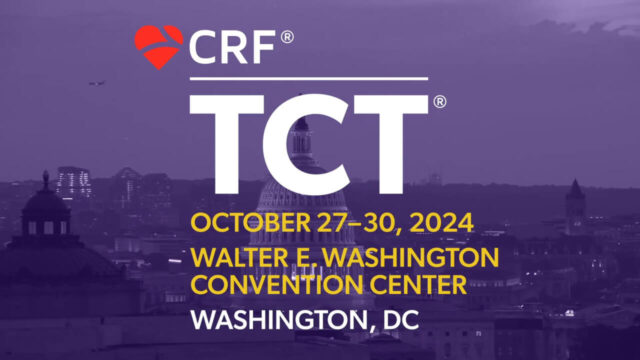Coronary calcification is associated with stent under-expansion and increased risk of both early and late adverse events. Atherectomy is an essential tool for uncrossable or non-dilatable lesions, as it allows for calcium ablation or fracturing.

The ECLIPSE study, a randomized trial, compared orbital atherectomy (OA) with balloon angioplasty (including cutting and scoring balloons) for the treatment of severely calcified lesions before drug-eluting stent (DES) implantation.
This study included patients with chronic and acute coronary syndromes (without ST elevation) and de novo lesions with severe calcification, as determined by angiography or intravascular ultrasound (IVUS)/optical coherence tomography (OCT), where plaque preparation was feasible with either therapy.
A total of 2005 patients were enrolled across 104 US centers. Randomization was 1:1. The primary endpoints were (1) imaging analysis assessing minimal stent area (MSA) post-PCI, and (2) target vessel failure (TVF) at one year.
The average participant age was 69.9 years; 73.6% of subjects were men, and 23% had chronic kidney disease.
In terms of the procedure, 47.6% of the orbital atherectomy group was treated via transfemoral access, 4.6% required a temporary pacemaker, 21.4% needed an extension catheter, and 42% used an OTW microcatheter or balloon. Intravascular imaging was used in 62.1% of procedures (40.3% of cases used OCT and 25.6%, IVUS).
In an analysis of the complications, there were low rates of no-reflow (0.3% vs 0.1%), type C-F dissections (6.9% vs 6.3%), and perforations (1.8% vs 1%, mostly Ellis type III). The incidence of slow flow was higher in the OA group (1.4% vs 0.4%; p=0.03).
MSA in the most calcified region was 7.44 vs 7.05, a non-significant difference (-0.26 mm²; p=0.08). Regarding TVF at 1 year, orbital atherectomy showed an incidence of 11.5% vs 10.0% (hazard ratio [HR] 1.16; 95% confidence interval [CI] 0.87-1.54; p=0.28).
Read also: TCT 2024 | Use of Drug-Coated Balloons for Side Branch Treatment in Provisional Stenting.
Regarding secondary endpoints, the OA group had higher cardiovascular mortality (p=0.005) and both groups had a similar stent thrombosis rate (0.7% vs 0.3%).
The authors concluded that routine use of orbital atherectomy did not improve MSA or reduce TVF compared with balloon PCI.
Presented by Ajay J Kirtane in the Late-Breaking Trials Sessions, TCT 2024, October 27-29, Washington, USA.
Subscribe to our weekly newsletter
Get the latest scientific articles on interventional cardiology





